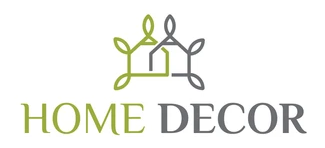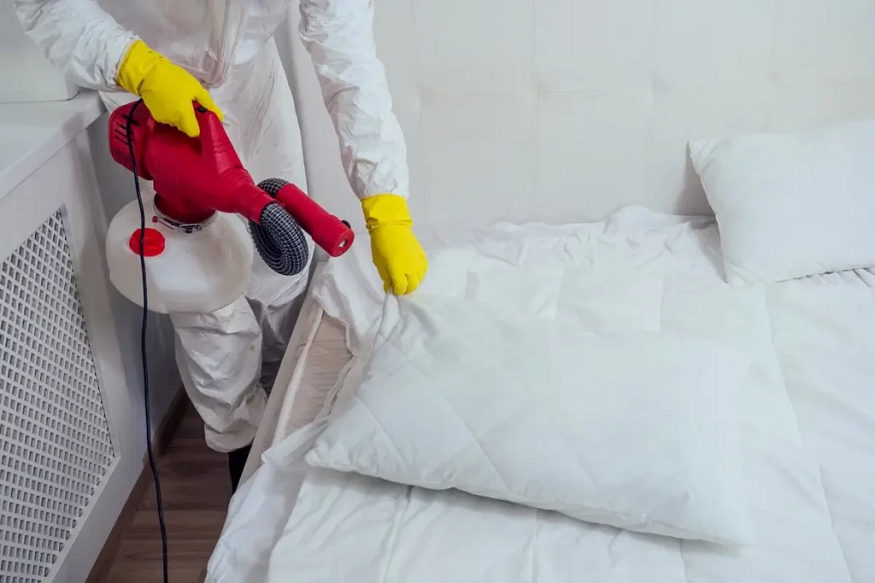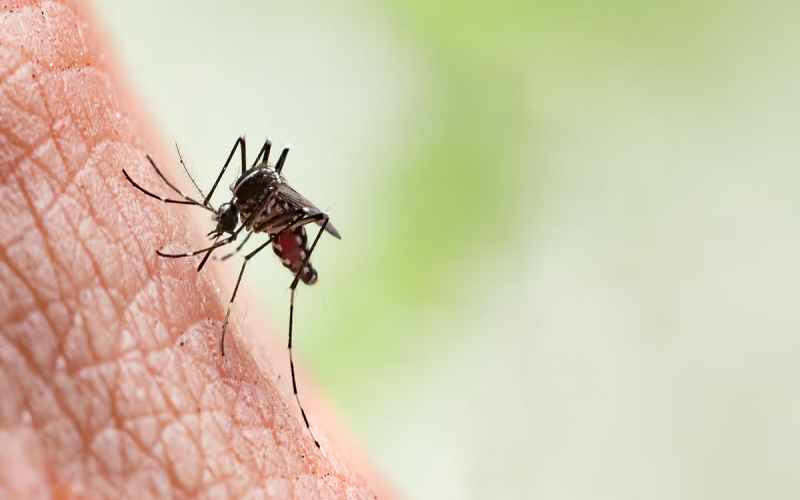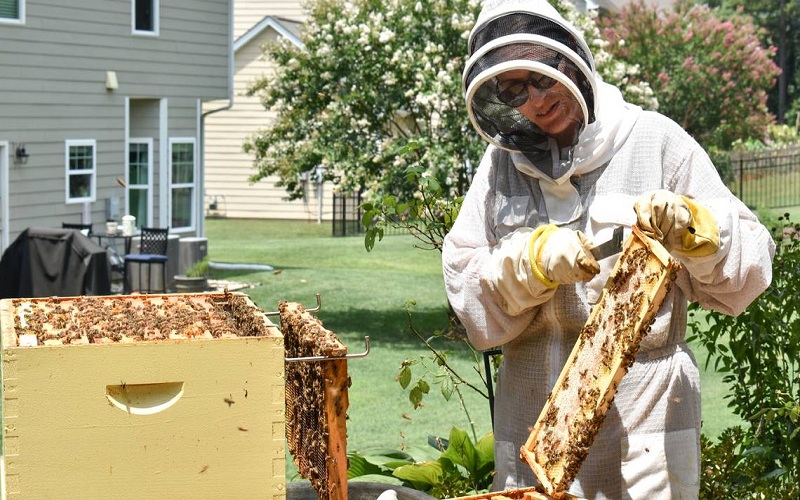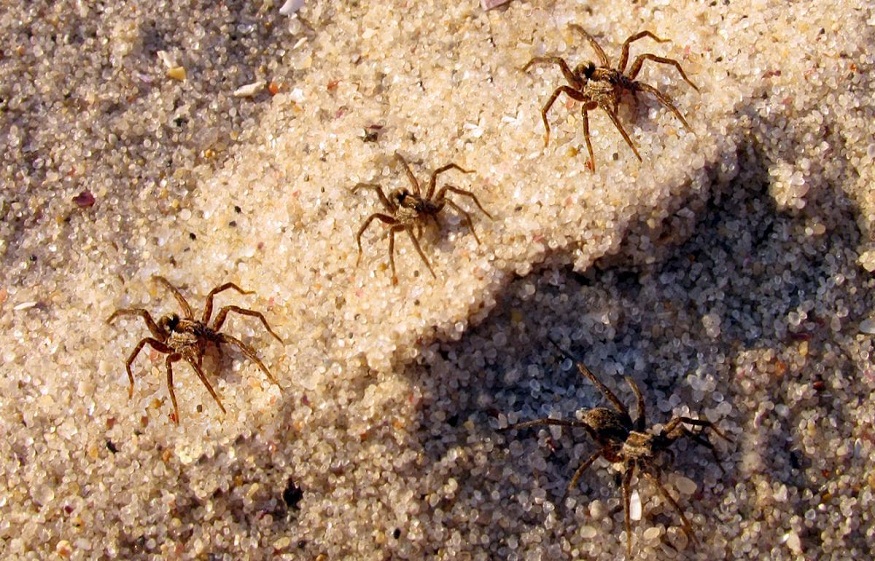Bed bugs are a growing concern worldwide, infesting homes, hotels, and public places. Effective bed bug control requires a comprehensive approach that goes beyond mere chemical treatments. Integrated Pest Management (IPM) is a holistic strategy that combines physical, cultural, biological, and chemical controls to manage bed bug populations. By adopting IPM, individuals and organizations can ensure long-term bed bug management and prevent re-infestation.
With the help of professionals like Alliance Pest Services, IPM can be tailored to specific needs, providing a sustainable and effective solution to bed bug control.
What is Integrated Pest Management (IPM)?
IPM is a systematic approach to managing pests that combines physical, cultural, biological, and chemical controls. It involves identifying the pest, understanding its behavior, habitat, and life cycle, and using a combination of control methods to manage the population. IPM aims to minimize the use of chemical pesticides, reduce environmental impact, and promote sustainable pest management.
What Are The Benefits of IPM in Bed Bug Control?
IPM in bed bug control offers several benefits, including:
- Effective Control: IPM is a comprehensive approach that targets bed bugs at all stages of their life cycle, ensuring effective control and reducing the risk of re-infestation.
- Reduced Chemical Use: IPM minimizes the use of chemical pesticides, reducing the risk of exposure to toxic substances and promoting a healthier environment.
- Sustainable: IPM is a long-term approach that promotes sustainable pest management, reducing the need for repeated treatments and minimizing environmental impact.
- Cost-Effective: IPM can be cost-effective in the long run, reducing the need for repeated treatments and minimizing the economic impact of bed bug infestations.
- Improved Public Health: IPM helps to reduce the risk of bed bug-borne diseases and promotes public health by minimizing the use of chemical pesticides.
Components of IPM in Bed Bug Control
The components of IPM in bed bug control include:
- Inspection and Monitoring: Regular inspection and monitoring are crucial in detecting bed bug infestations early, allowing for targeted treatments and reducing the risk of widespread infestation.
- Physical Controls: Physical controls, such as sealing cracks and crevices, using mattress encasements, and washing and drying bedding, can help to prevent bed bug infestations.
- Cultural Controls: Cultural controls, such as reducing clutter, improving hygiene, and promoting awareness, can help to prevent bed bug infestations.
- Biological Controls: Biological controls, such as using natural predators or parasites, can be used to control bed bug populations.
- Chemical Controls: Chemical controls, such as pesticides, can be used as a last resort, but should be applied judiciously and in combination with other control methods.
Implementing IPM in Bed Bug Control
Implementing Integrated Pest Management (IPM) in bed bug control requires a comprehensive approach that involves several key steps. These include the following:
- Develop a Comprehensive Plan: Create a plan that includes inspection, monitoring, physical controls, cultural controls, biological controls, and chemical controls.
- Identify the Pest: Accurately identify the pest and understand its behavior, habitat, and life cycle.
- Monitor and Inspect: Regularly monitor and inspect for signs of bed bug infestation, using tools such as mattress encasements and bed bug interceptors.
- Use a Combination of Controls: Implement a combination of physical, cultural, biological, and chemical controls, such as:
- Sealing cracks and crevices
- Washing and drying bedding
- Using mattress encasements
- Applying targeted pesticides
- Evaluate and Adjust: Continuously evaluate the effectiveness of the IPM plan and adjust as necessary to ensure long-term bed bug management.
Bottom Line
Integrated Pest Management (IPM) is a crucial approach in bed bug control, offering a comprehensive and sustainable solution to managing bed bug populations. By combining physical, cultural, biological, and chemical controls, IPM minimizes the use of chemical pesticides, reduces environmental impact, and promotes public health. Implementing IPM in bed bug control requires a comprehensive plan, regular monitoring and inspection, and a combination of control methods.

